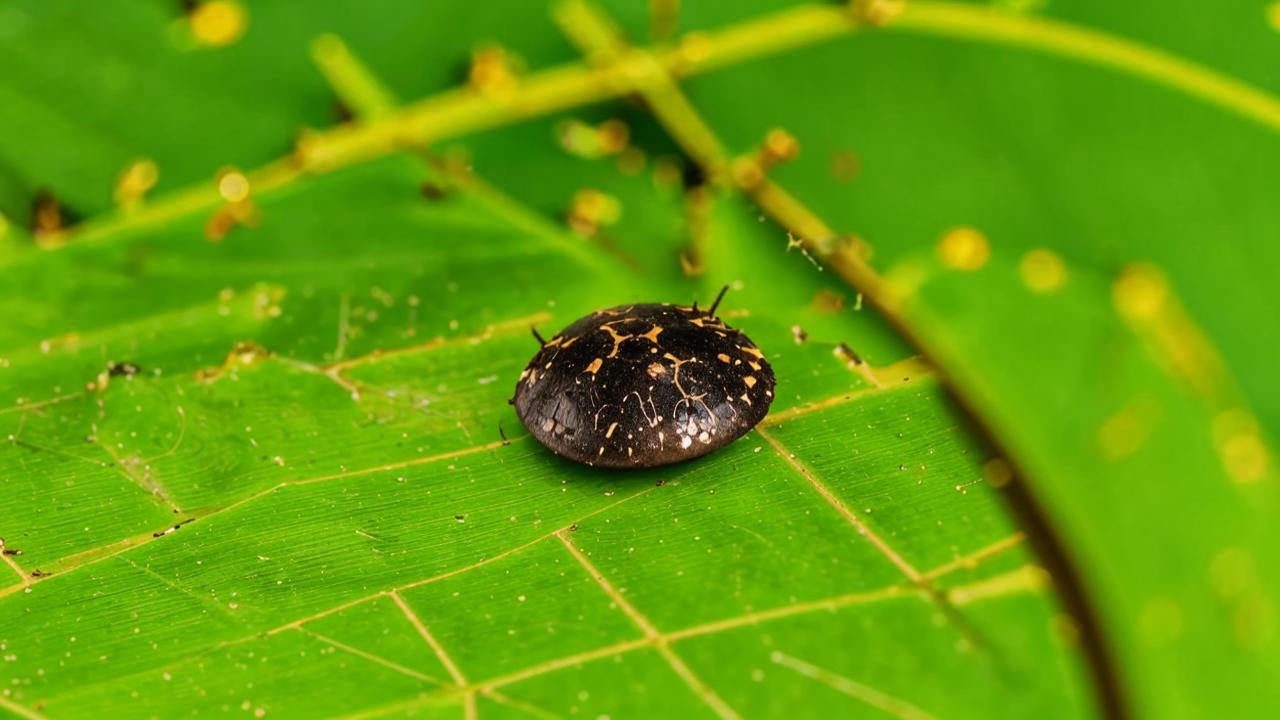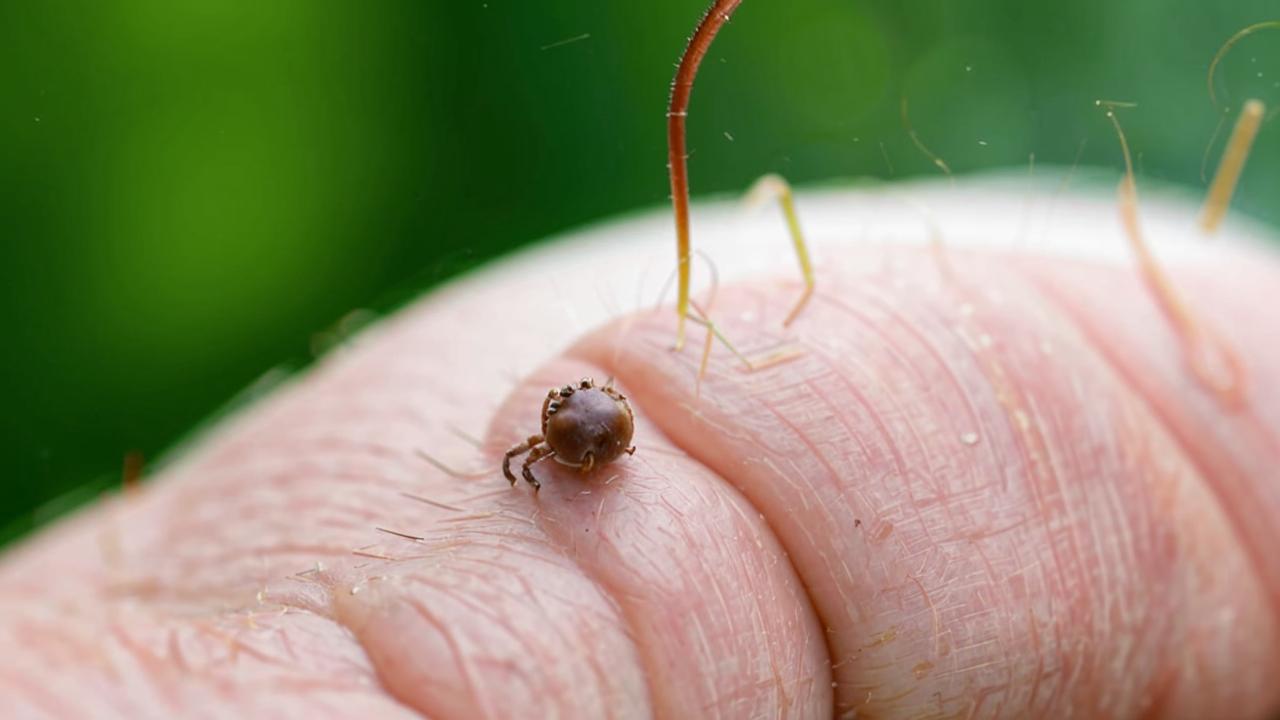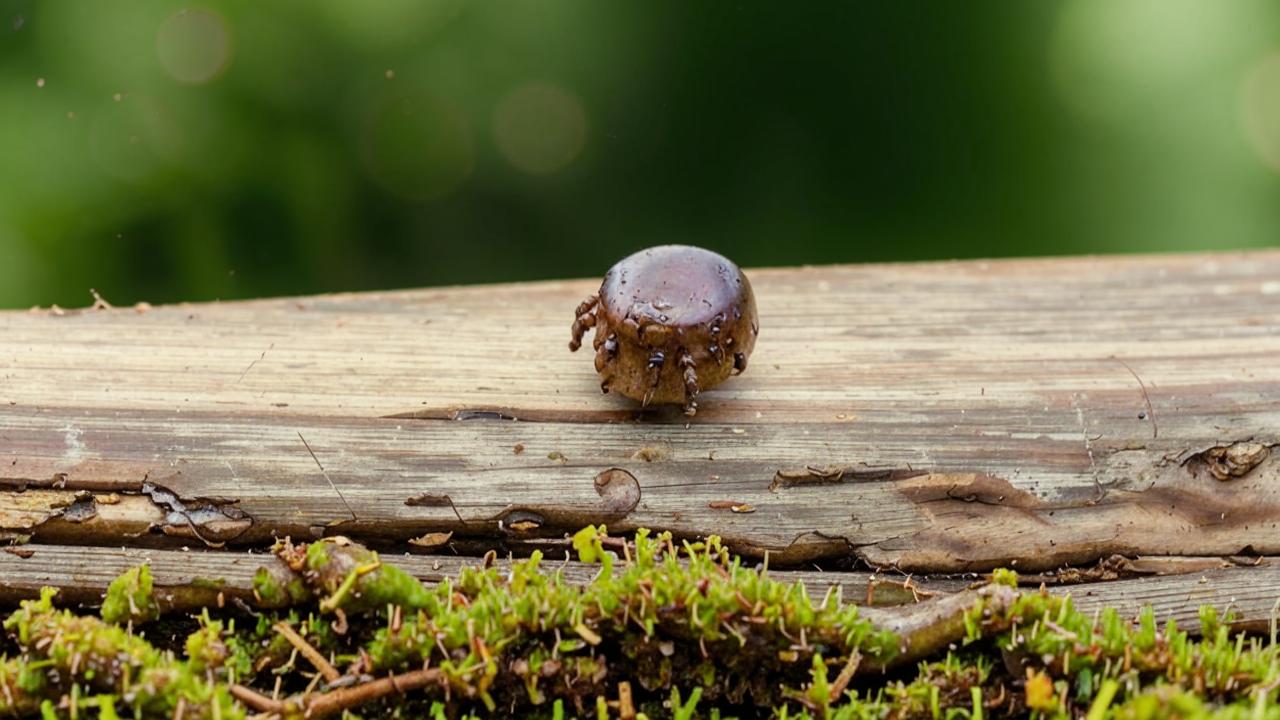There are tens of thousands of mite species in nature. They are widespread throughout the world and live in a variety of environments: in the soil, in water, on plants and animals.
Some spider mites are dangerous for humans and animals, as they are carriers of dangerous diseases, but there are not so many of them. For example, the best known among parasites are ixodes ticks (Ixodoidea). This group has only about 700 species.
Meanwhile, most ticks are harmless, and some are even useful – they play an important role in the ecosystem.
General characteristics of mites
Most mites are characterized by small and even microscopic size, ranging from 0.08 mm to a few tenths of a millimeter. Such parameters are characteristic of soil and plant-eating species, as well as parasites living in the tracheae of bees and on the skin of mammals.
Sometimes the size of these spiders reaches only a few millimeters. At the same time, the females of some parasites after saturation with blood can increase in size up to 20-30 mm.

The body of mites can be either whole or divided into two parts, one of which is the cephalothorax and the other is the abdomen. Usually these spider mites have six pairs of appendages, of which the posterior four pairs are legs.
The body of some families has a soft texture and leathery chitinous coverings. While in others, it is protected by hard shields or carapace.
Types of ticks

doctor-epidemiologist of the federal network of clinics of expert oncology “Euroonco”
“Ticks belong to the class of spiders. These creatures are already more than 90 million years old, and in nature there are more than 50 thousand species of these arthropods. Most of them, of course, do not pose a threat to humans.”
Disease-carrying ticks
There are three types of ticks. They are ixodes, argas ticks and gamaze ticks. These three types of ticks are attracted to the heat of a living organism. Therefore, they pose the greatest danger to humans.
The best known and most numerous species of this group are the ixodid ticks (Ixodoidea). Although they number about 700 species, the real epidemic danger is posed by two species: Ixodes Persulcatus (taiga tick) and Ixodes Ricinus (European forest tick).

They are vectors of diseases such as:
- Lyme disease – can cause serious inflammation including arthritis, cardiovascular problems and neurological disorders;
- Crimean hemorrhagic fever – a severe viral disease that can be fatal;
- tick-borne encephalitis – viral infections that can cause inflammation of the brain, seriously affecting the nervous system;
- tularemia – an infectious disease that can lead to serious complications such as meningitis, arthritis, encephalitis, and pneumonia.
These ticks live in steppes, forests, and other green areas where they easily attach themselves to people and animals.
Animal parasitic mites
Animal parasitic mites, as the name suggests, lead a parasitic lifestyle on the body of animals. One of the best known families is Demodex, which lives in the skin of mammals, including humans. These mites can cause a variety of diseases, including:

- demodecosis – a skin disease that occurs due to high mite populations, resulting in reddened skin, itching and inflammation;
- sarcomatosis – the formation of tumors on the skin, especially in dogs.
Other mite species
Some species of mites are not disease-carriers, but can have a negative impact on human health. These include, for example, dust mites (Dermatophagoides).
They live in close proximity to people, in apartments and live in pillows, blankets, mattresses and feed on dust.
Dust mites can provoke an allergic reaction: nasal congestion, lacrimation, red eyes, peeling skin and other symptoms. These arthropods are also a common cause of asthma.
Another unpleasant neighbor is the scabies mite Sarcoptes scabiei. This parasite lives inside the epidermis, causing typical symptoms: intolerable itching, which increases at night, itchy subcutaneous passages in the form of lines and nodules on fingers, wrists, hands, arms, legs and lower back.

Transmission of the pathogen occurs through direct contact between an infected and healthy person: through handrails in public transportation, by shaking hands, through bedding.
The importance of ticks for the ecosystem
Despite their small size and seemingly inconspicuousness, mites play an important role in ecosystems. They are not only active participants in food chains, but also perform important ecological functions.
For example, spiders contribute to soil health. Many feed on decomposing plant debris, dead organisms, and other organic materials. This decomposition process is important for returning nutrients to the soil, which contributes to soil fertility.
The movement of mites in the soil promotes aeration, improving oxygen access to plant roots and microorganisms, which are also active in the decomposition of organic material.

Arthropods contribute to the maintenance of the soil microbiome. They interact with other microorganisms to form complex relationships. This process improves nutrient uptake by plants.
Methods for controlling and preventing the transmission of tick-borne diseases
For diseases such as tick-borne viral encephalitis, tularemia, Cu fever (infections that are transmitted by ticks), there are specific preventive measures. It is about vaccination.
Emergency specific prophylaxis of the above infections should be carried out within 72 hours after the tick bite under the supervision of medical workers. For other infections transmitted by ticks, there are no measures of specific prophylaxis, so it is necessary to observe safety measures.
First of all, it is necessary to avoid tick habitats at the peak of their activity – from April to October – in forests and park areas and where there is tall grass.

If you do not want to give up walking, you need to dress properly so that the tick can not suck on the skin. It should be long pants, shirt or shirt with long sleeves, high socks, which should be tucked in pants, closed shoes, better boots, sneakers or boots, cap panama, completely covering the hair.
In addition, you should choose light-colored or white clothing, as it is easier to notice the tick. The edges of clothing should not hang down, and it is best to use special suits with anti-tick impregnation.





